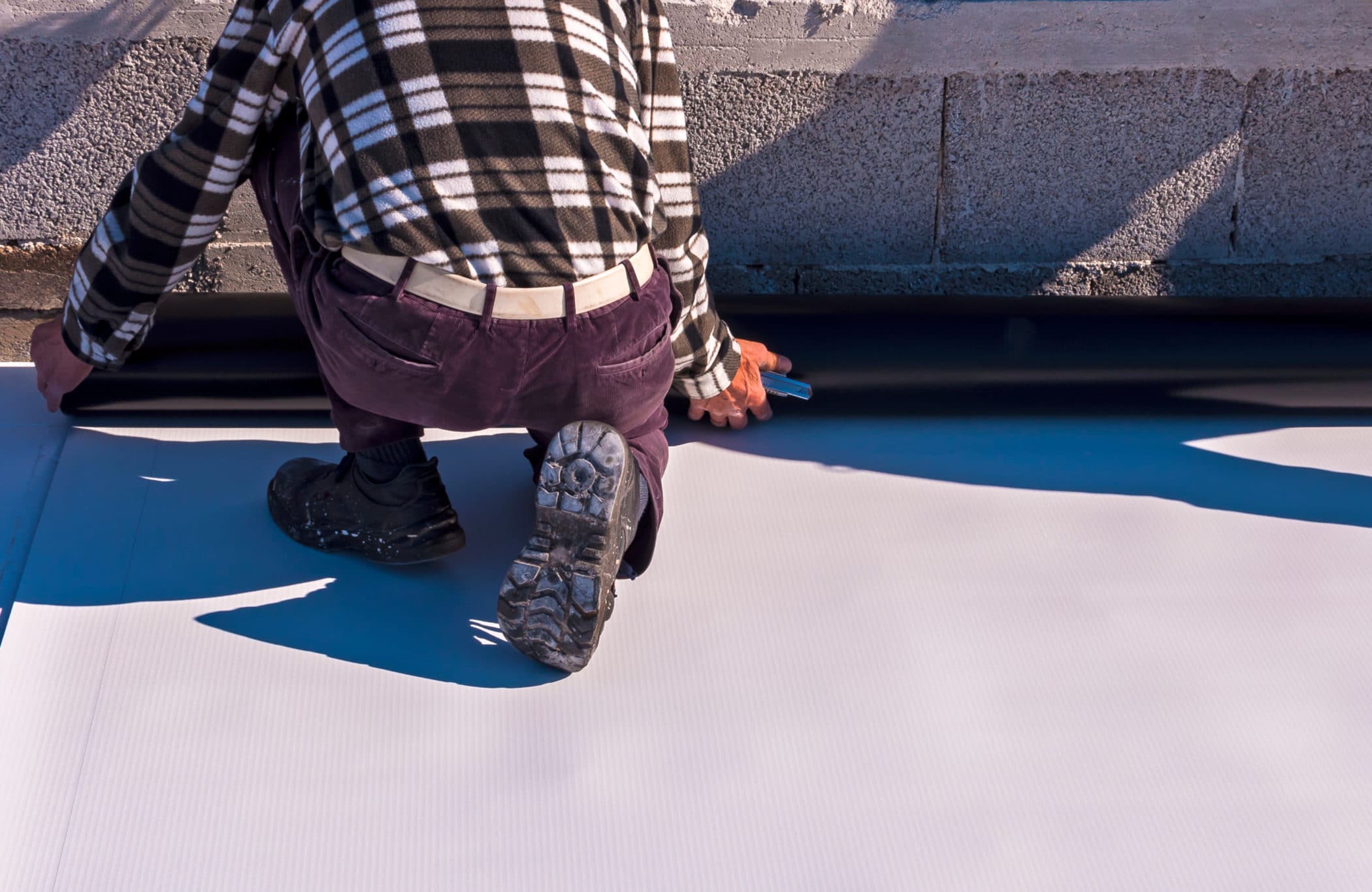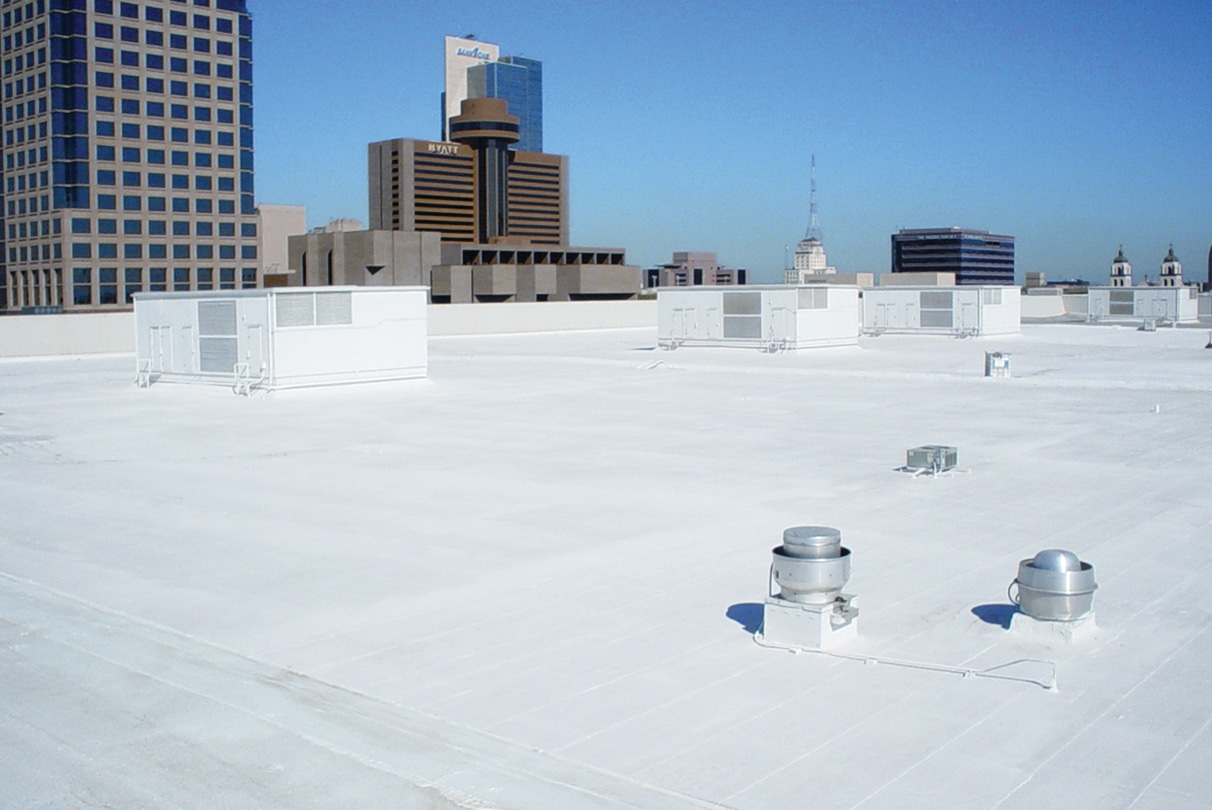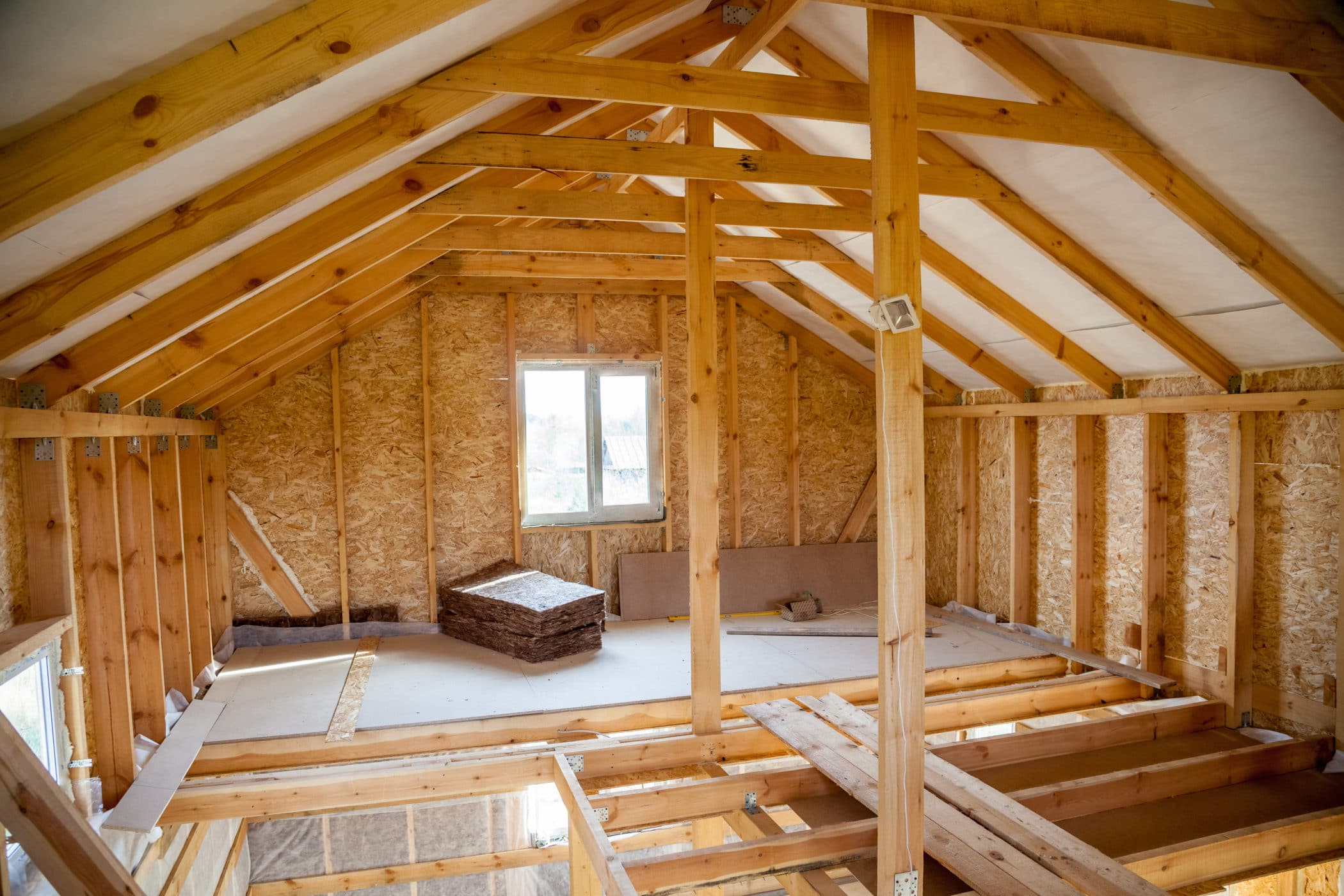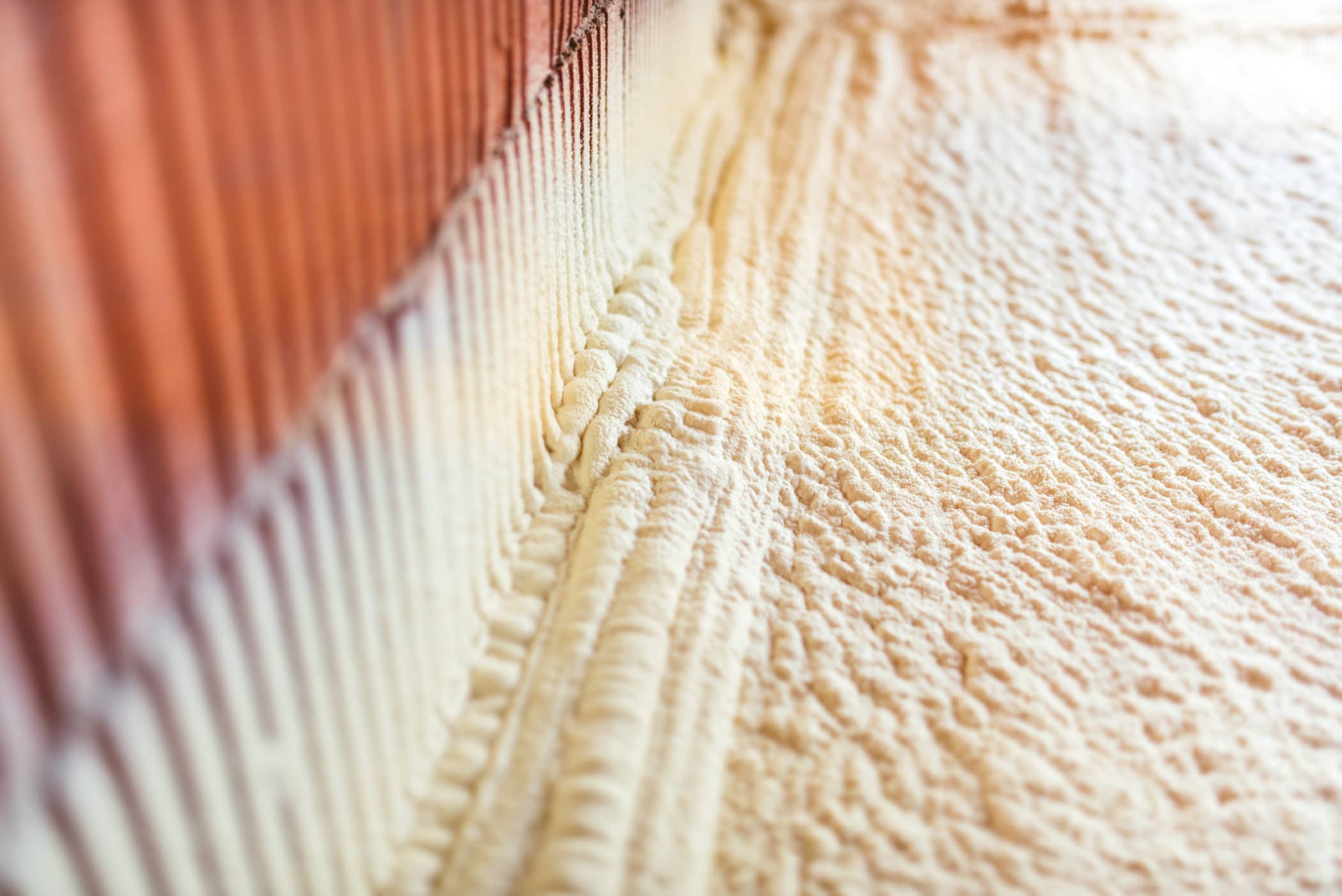The three most popular types of elastomeric coatings are acrylic, silicone, and urethane.
Acrylic – water-based coating that’s only applied to roofs with a slope. If an acrylic roof has standing water (meaning the water just sits there and does not run off the roof), the standing water will cause the reversion of the coating back to a fluid and eventually wash right off your roof.
Acrylics are typically 52% solids by volume and 48% water, so when it’s applied, almost half of the product is lost through evaporation. Although cheaper than other elastomeric coatings, you’ll need to apply much more product to account for what’s lost during evaporation.
Silicone – is a silicone resin-based coating that’s 96% solids/4% carrier. This means 96% of what goes down on your roof will stay on your roof. Silicones perform great on flat roofs because they can withstand ponding water. Silicones are a middle-of-the-road coating in terms of performance and price.
Silicones are twice as resistant to weathering as acrylics, but also more expensive.
Urethane – urethanes have the most impact resistance of any elastomeric roof coating available. However, urethanes are very expensive compared to the other two and do not hold up to standing water very well.
Why do building owners install elastomeric roof coatings?
Elastomeric roof coatings are an attractive roofing option for many reasons, such as:
- It’s more cost-effective than completely tearing off your existing roof
- The white color will add reflectivity which will lower energy costs
- It’s a fast installation
- It seals leaks and makes your roof a monolithic layer of waterproofing
- It provides the building owner a new 10-20-year warranty
- It’s considered maintenance and/or repair and doesn’t count as another roofing layer
A building can only have two roofs installed per building code.







